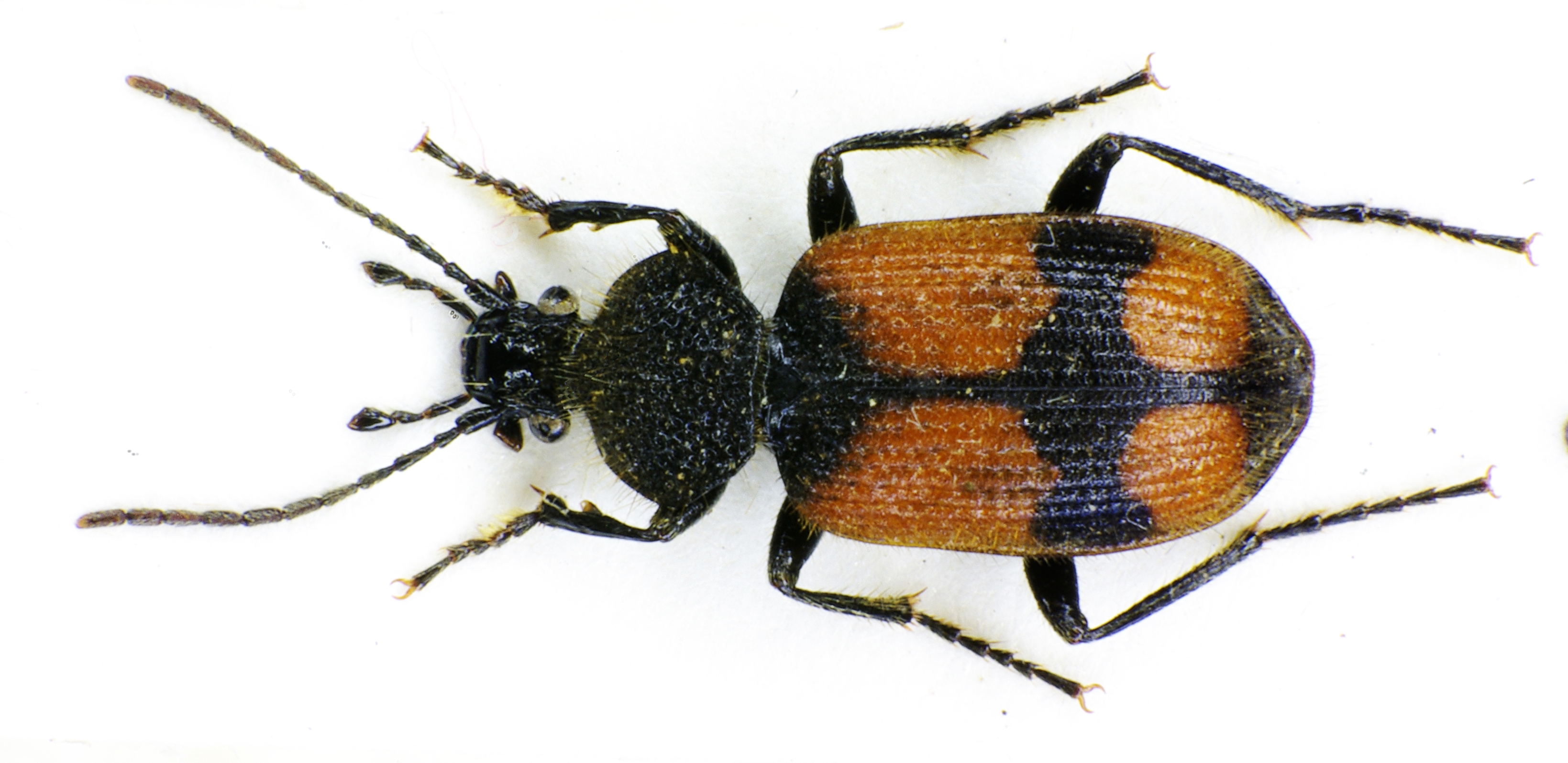|
Carabus Vietinghoffii
''Carabus vietinghoffii'', Vietinghoff's worm and slug hunter, is a species of ground beetle in the family Carabidae Ground beetles are a large, cosmopolitan family of beetles, the Carabidae, with more than 40,000 species worldwide, around 2,000 of which are found in North America and 2,700 in Europe. As of 2015, it is one of the 10 most species-rich animal .... It is found in Europe and Northern Asia (excluding China) and North America.Bousquet Y (2012). "Catalogue of Geadephaga (Coleoptera: Adephaga) of America, north of Mexico". ''ZooKeys 245'': 1-1722. Subspecies *''Carabus vietinghoffii bowringii'' Chaudoir, 1863 (China, North Korea, Russia) *''Carabus vietinghoffii dajianensis'' Deuve & Li, 2011 (China) *''Carabus vietinghoffii fulgidiformis'' Obydov, 2008 (China) *''Carabus vietinghoffii fulgidus'' Fischer von Waldheim, 1828 (China, Russia) *''Carabus vietinghoffii vietinghoffii'' (USA, Canada, Russia, Alaska) References * Riley K, Browne R (2011). "Changes in g ... [...More Info...] [...Related Items...] OR: [Wikipedia] [Google] [Baidu] |
Carabidae
Ground beetles are a large, cosmopolitan family of beetles, the Carabidae, with more than 40,000 species worldwide, around 2,000 of which are found in North America and 2,700 in Europe. As of 2015, it is one of the 10 most species-rich animal families. They belong to the Adephaga. Members of the family are primarily carnivorous, but some members are herbivorous or omnivorous. Description and ecology Although their body shapes and coloring vary somewhat, most are shiny black or metallic and have ridged wing covers ( elytra). The elytra are fused in some species, particularly the large Carabinae, rendering the beetles unable to fly. The species '' Mormolyce phyllodes'' is known as violin beetle due to their peculiarly shaped elytra. All carabids except the quite primitive flanged bombardier beetles (Paussinae) have a groove on their fore leg tibiae bearing a comb of hairs used for cleaning their antennae. Defensive secretions Typical for the ancient beetle suborder A ... [...More Info...] [...Related Items...] OR: [Wikipedia] [Google] [Baidu] |
Carabus
''Carabus'' is a genus of beetles in the family Carabidae. The genus is highly diverse with 94 subgenera, over 900 species and 2300 subspecies, thus is the largest genus in the subfamily Carabinae. The vast majority are native to the Palearctic, but 16 Nearctic species are also known. ''Carabus'' species are long, and most species are wingless and often very colourful. These are nocturnal, predatory beetles that feed on snails, earthworms, and caterpillars. Most ''Carabus'' species were thought to have inhabited the Eurasian forest, but their low dispersal abilities altered the distribution of lineages within the genus. Diet Adult ''Carabus'' feed on both small live and dead animals such as slugs, snails, earthworms, and insects in all stages, sometimes dead vertebrates. The ways of feeding on snails are different for their adaptations, as macrocephalic beetles feed snails by crushing shells, and stenocephalic beetles feed snails by inserting the head into the shell. S ... [...More Info...] [...Related Items...] OR: [Wikipedia] [Google] [Baidu] |

